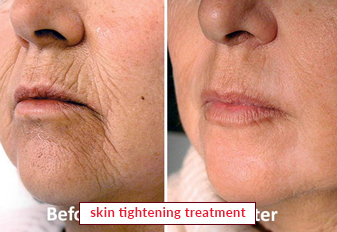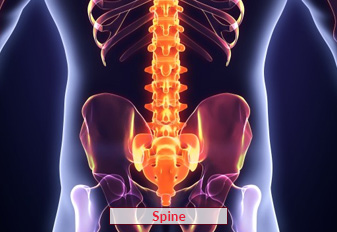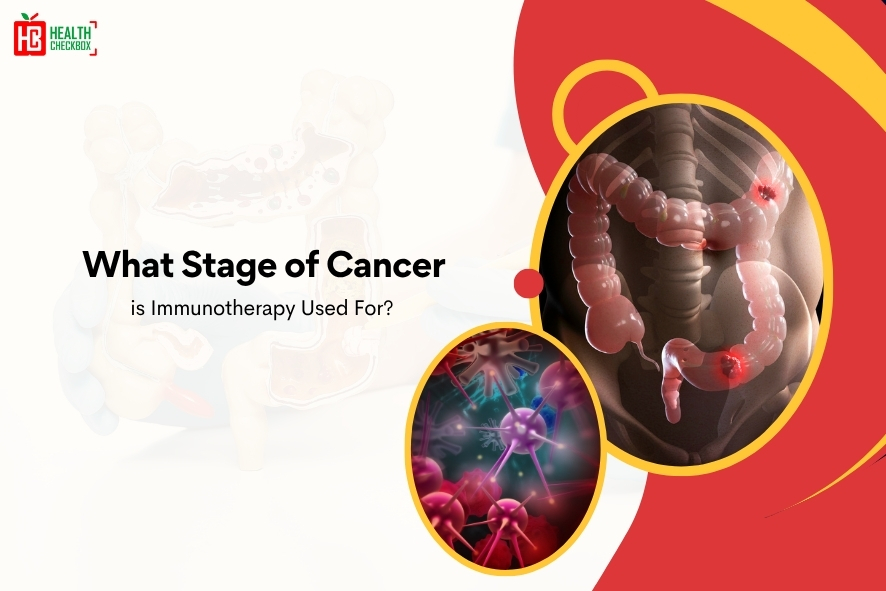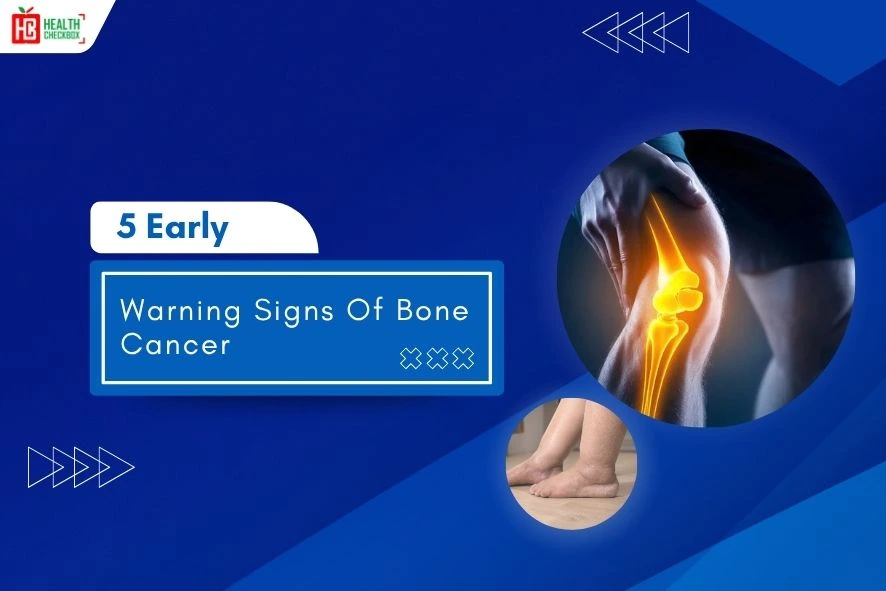Reduction clitoroplasty is a surgical procedure or treatment that is performed to reduce the size of the clitoris. It is often used for medical or cosmetic reasons. When the clitoris is enlarged, often due to a hormonal syndrome such as CAH, it can be reduced (clitoroplasty).
During this procedure, the doctor very delicately reshapes the clitoris without trying to damage any nerves. This is typically performed on young children or adults. Clitoroplasty reduction is performed by an experienced surgeon, and patients are encouraged to remain relaxed and calm. This surgery can improve both physical and psychological comfort in appropriately selected patients.
Who Requires a Reduction Clitoroplasty?
Reduction clitoroplasty is a surgical treatment that is usually required for people who have an oversized clitoris. It happens due to a medical treatment, emotional distress, and certain intersex conditions. It is also included in the gender affirming treatments or reconstructive surgeries.
- Most people are required for cosmetic or personal reasons.
- When people experience discomfort, pain, or interference with daily activities or sexual function due to clitoral size.
- It can also be used to reconstruct the clitoris after injuries or genital mutilation.
Benefits of Reduction Clitoroplasty
Here are the various benefits of the reduction clitoroplasty surgery, which can improve overall physical comfort.
- Improves your overall confidence and enhances your personality.
- It improved the physical appearance and comfort.
- It helps to restore or enhance sexual pleasure with your partner.
- Provide comfort and relief from social or psychological distress caused by the enlargement.
- Improve your body image to find better-fitting clothes and undergarments.
Risks of Reduction Clitoroplasty
Here are the risks and complications of reduction clitoroplasty that may be occur during or after surgery.
- Infection: The surgical area has a chance of infection, which may require antibiotics and additional treatment.
- Tissue Scarring: All surgical procedures may lead to scarring, which could affect the changes in appearance or sensitivity of the clitoris area.
- Numbness: Due to nerve irritation or damage at the surgical site, numbness may occur temporarily or permanently.
- Blood Loss: During or after surgery, blood loss can occur that potentially requires further medical intervention.
- High Sensitivity: Due to nerve changes, sensitivity will be increased in the operated area, which stay may be temporary or long-term.
Procedure of Reduction Clitoroplasty
Reduction Clitoroplasty procedure is usually used to decrease the oversized clitoris. This condition often occurs due to a hormonal imbalance, genetic disorder, or health issue. This surgery is done in the following ways:
Before the Surgery
Medical Evaluation
- The surgeon will examine the patient’s genital area.
- Tests like a blood test, hormone level test, and Imaging(like x-ray, ultrasound) tests will be done.
- If the patient is a child or a young adult for surgery, we will offer psychological support or counseling.
Informed Consent
- Give a short overview of the surgery, including procedure, risks, and recovery times.
- Provide a consent form to be signed by the patient or her/his parents.
Prepration
- Before surgery, fast for a few hours.
- The surgery part may be cleaned or saved.
- General anesthesia plan for patients.
During the Surgery
- Giving anesthesia to the patient for sleep or pain relief.
- Marking the area where the clitoris tissue will be reduced and how much.
- Make a small cut to reach the clitoris tissue.
- After that surgeon carefully removed the extra part of the clitoris tissue.
- To keep the sensation, preserve the nerve and blood vessels of the clitoris.
- Reshaping the remaining part of the clitoris to look natural or feel comfortable.
- At the end, the surgeon stitched up the skin clearly with fine sutures.
Surgery Time: Surgery takes approximately 1-2 hours to complete.
After the Surgery
Recovery
- After the surgery patient is monitored for a few hours to ensure recovery.
- Pain relief medicine or injection is given if the patient feels pain after surgery.
- It takes a few hours to heal and recover, can go home the same day or the next day.
Care Instruction
- Keep the operated area clean and dry to avoid infection or itching.
- Don’t touch or rub the operated area for a few days.
- After surgery, you may feel pain or discomfort for a few days.
Follow-up
- The doctor will call you for a checkup after a few days to make sure healing is going well.
- The doctor periodically checks sensation and appearance.
- Operated area stitches may dissolve on their own after a few weeks.
Latest Health Tips
Can Immunotherapy Cure Stage 4 Lung Cancer?
Early Signs of Cervical Cancer
Foods that Kill Cancer: Leafy Vegetables, Grains, & More
What Stage of Cancer is Immunotherapy Used For?
Which is Worse for Cancer, Sugar or Alcohol?
Vaccines That Prevent Cancer
What Kills Cancer Cells in the Body Naturally?
Early Warning Signs of Bone Cancer
Submit Your Enquiry
Testimonials


























